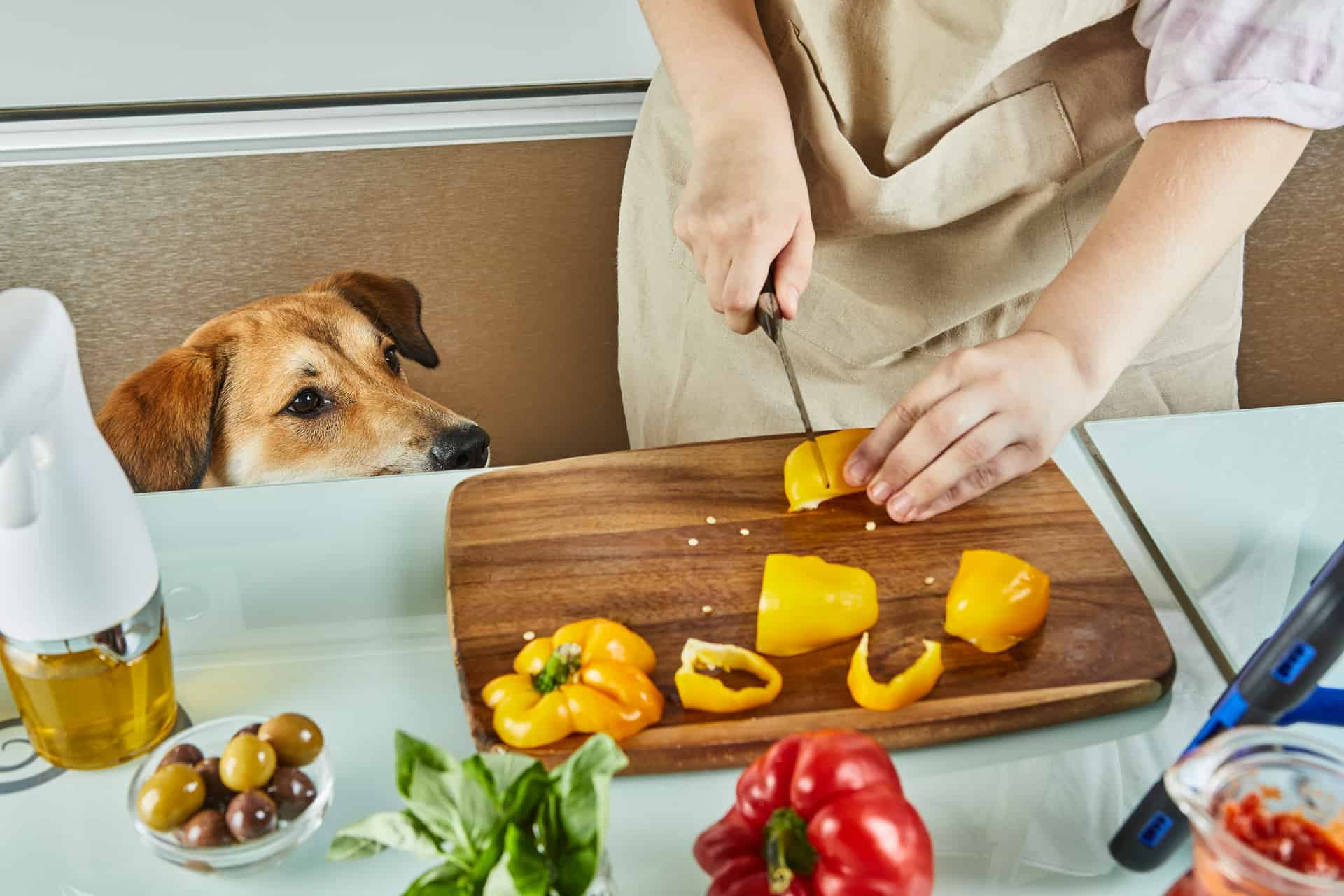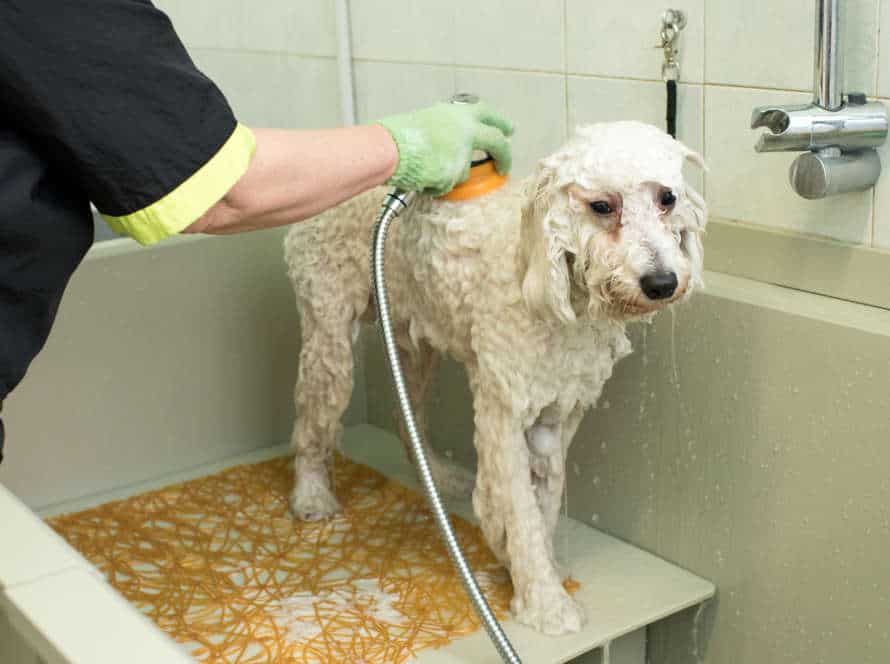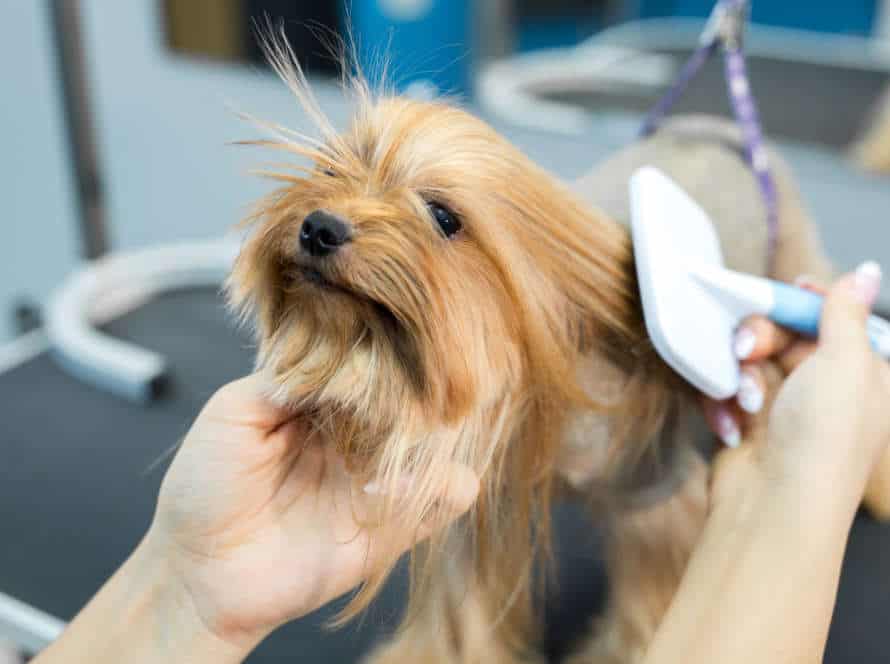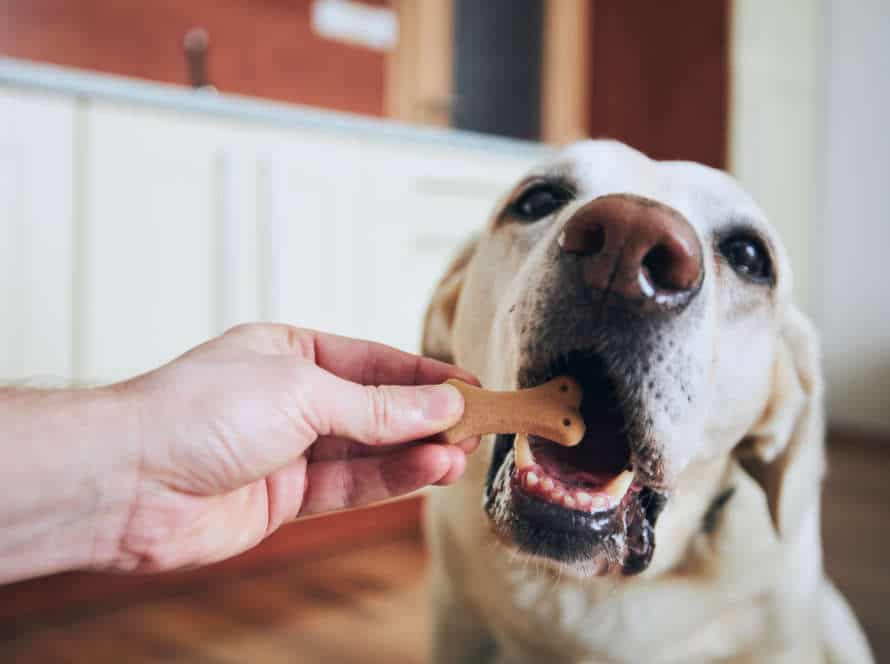The Importance of Safe Homemade Dog Food
Your pooch needs a nutritious, balanced diet for their good health. Making homemade food for your pup can give them the needed vitamins and minerals, while being cost-effective and offering variety. But, it’s important to make safe, healthy meals for your pup. Let’s explore the importance of preparing safe meals for your furry friend!
Risks of improper homemade dog food prep
Homemade dog food can be a great way to ensure good nutrition, but there are risks. Improper prep has 3 main risks:
- Not meeting nutritional requirements. Protein, fats and carbs must be balanced.
- Foodborne illnesses. Raw meat can contain Salmonella and E. coli.
- Feeding table scraps. These can cause pancreatitis and obesity.
To avoid these risks, follow proper food safety guidelines. Consult a veterinary nutritionist for nutritional needs. Avoid table scraps. Pro Tip: Wash hands, food surfaces, and utensils before and after handling raw meat to prevent cross-contamination.
Benefits of homemade dog food done right
Making homemade dog food can be great for your pup! You can choose the quality and type of ingredients, plus cater to their diet. Here are some benefits:
- Better ingredients: Pick proteins like chicken, beef, and fish plus nutrient-packed veggies.
- More control: Decide what goes into their food, to make sure they get the right nutrients.
- Fewer additives: No need for preservatives, artificial colors, and flavors.
- Dietary needs: If your pup has allergies or a special diet, you can make food that fits.
But be sure to be safe when preparing the food, to avoid any health issues.
Understanding your dog’s nutritional needs
Knowing your pup’s dietary requirements is essential for them to stay healthy and happy. Eating a balanced diet helps maintain good body strength, digestion, immunity, and glossy fur and teeth. Making homemade dog food can be a great way to give your pooch the nutrients they need. However, you must make sure that it is cooked correctly and not all human food is safe for dogs. Here are some tips for safe homemade dog food:
- Cook all meat to an internal temperature of 165°F to kill any harmful bacteria.
- Keep away from onion, garlic, tomatoes, and grapes as they are toxic to canines.
- Incorporate diverse proteins like beef, chicken, fish, and turkey.
- Add greens like green beans, carrots, broccoli, and sweet potatoes for fiber and essential vitamins.
Pro Tip: Before starting your pup on a homemade diet, always talk to your vet to guarantee their nutritional needs are being met.
Preparing Homemade Dog Food Safely
Preparing homemade dog food for your pup could be fun! Tailor the meals to their age, breed and health needs. But be sure to do it safely. Here are some tips for safely preparing homemade dog food:
- Understand the nutritional needs of your pup.
- Make sure the ingredients you use are safe for your pup.
- Make sure to cook the food properly.
- Monitor your pup’s health after eating the homemade food.
Choosing the Right Ingredients
Picking the right ingredients is super important when making homemade dog food. It has to be safe, nutritious, and tasty for your pup. Here are some tips to help you out:
- Protein sources like lean meat, poultry, or fish should be of high quality.
- Include a selection of veggies and fruits to give your dog essential vitamins and minerals.
- Avoid toxic or dangerous ingredients like onions, garlic, grapes, and chocolate.
- Balance the recipe with the correct amounts of carbs and healthy fats.
- Speak to your vet to make sure your dog is getting all the nutrition they need and to track their health.
By following these guidelines, you can make safe and nutritious homemade dog food for your pup!
Proper Storage and Handling of Ingredients
To guarantee the safety and nutrition of home-made dog food, it’s essential to store and handle ingredients properly. Here are some helpful tips:
- Wash all ingredients before cooking or serving.
- Keep raw meat, poultry and fish away from other ingredients to avoid cross-contamination.
- Use different cutting boards and utensils for meat and vegetables.
- Cook meat, poultry and fish to the recommended internal temperature to kill any bacteria or parasites.
- Let cooked ingredients cool down to room temperature preceding combining and storing in sealed containers.
- Store prepared dog food in the fridge for up to three days or in the freezer for up to three months.
- Always thaw frozen dog food in the refrigerator, never at room temp or in the microwave.
By following these guidelines, you can make sure your home-made dog food is healthy and safe for your pup.
Pro tip: Supplement your home-made dog food with omega-3 fatty acids and vitamins for even more nutrients for your doggo’s health.
Following Safe Cooking Practices
As a pup parent, prepping homemade grub is a great way to provide your furry companion with a nourishing and tailored meal. Yet, it’s critical to practice safe cookery to stay away from sickness, contamination, and other health hazards. Here are some secure cooking tips to remember:
- Wash all utensils, bowls, and surfaces used to ready the canine chow with hot, soapy water.
- Use top-notch ingredients and dodge raw meat, poultry, or eggs as they raise the peril of bacterial infections.
- Fully cook the food to kill any bacteria or parasites that may be present in the ingredients.
- Let the food cool down before giving it to your dog to avoid burns or mouth injuries.
- Store the dog food in a clean, airtight container in the freezer or fridge to hinder spoilage or contamination.
By following these safe cooking practices, you can make sure your homemade doggie grub is not just scrumptious but also healthy and safe for your furry amigo.
Recipes for Homemade Dog Food
Creating a yummy, balanced meal for your pup doesn’t have to be pricey or complex! Making homemade food for your doggo is a great way to make sure they get all the vitamins, minerals and proteins they need! Here’s a quick overview of recipes and tips for safely making homemade pup food.
Tips for creating balanced homemade dog food
Creating balanced homemade dog food can be a great and rewarding experience. But, it’s important to make sure it meets your pup’s nutritional needs. Here are some tips:
- Consult with your vet to determine your pup’s needs.
- Choose high-quality, whole foods that are age and size appropriate.
- Include lean meats, fish, eggs for proteins.
- Use fish oil and coconut oil for healthy fats.
- Add fresh fruits and veggies for vitamins, minerals and fibre.
- Avoid toxic ingredients like chocolate, onions, and garlic.
- Monitor your pup’s weight and health.
- Pro Tip: Consult with a veterinary nutritionist for a custom diet.
Homemade dog food recipe examples
Making your pup’s food from fresh and healthy ingredients can be a great way to ensure they get the best nutrition. Here are some easy homemade dog food recipe examples:
- Chicken and Rice: Cooked chicken, brown rice, and veg like carrots and peas make for a nice balanced meal.
- Beef and Sweet Potato: Browned beef, sweet potato, spinach and apples are all nutrient-packed ingredients.
- Salmon and Veg: Salmon has omega-3 fatty acids, while vegetables like kale and broccoli offer antioxidants and fiber.
When making homemade dog food, it’s important to have the right balance of protein, veggies and carbs. It’s a good idea to speak to a vet or nutritionist before making big changes to your pup’s diet.
Nutritious homemade dog treat recipes
Dogs need yummy food to stay healthy and happy. Here are three simple and healthy homemade doggy treats they’ll love:
- Peanut Butter & Banana Treats: Smash 2 ripe bananas. Mix with 1 cup natural, unsalted peanut butter. Roll into balls. Freeze for 1-2 hours.
- Sweet Potato Chews: Cut thin slices of sweet potato. Bake at 250°F for 3 hours. Until crispy & golden brown.
- Chicken Jerky: Preheat oven to 200°F. Slice chicken breasts into strips. Place on baking sheet. Bake for 2-3 hours. Until dry & crunchy.
Always check with a vet to make sure your homemade dog food is safe & meets your pup’s nutritional needs.
Frequently Asked Questions
Q: Why is it important to prepare homemade dog food safely?
A: It’s important to prepare homemade dog food safely because improperly prepared food can lead to foodborne illnesses that can make your dog sick or even result in death.
Q: What are some common ingredients that should be avoided when making homemade dog food?
A: Some common ingredients that should be avoided include chocolate, onions, garlic, grapes, raisins, avocados, and macadamia nuts. These ingredients can be toxic to dogs.
Q: How should I store homemade dog food to keep it fresh?
A: Homemade dog food should be stored in airtight containers in the refrigerator or freezer. It’s important to label the containers with the date of preparation so you can track how long the food has been stored.
Q: Can I use raw meat in homemade dog food?
A: While some people choose to use raw meat in homemade dog food, it’s important to handle it safely to reduce the risk of contamination. If you do choose to use raw meat, make sure to follow proper food safety guidelines and cook it thoroughly.
Q: How do I ensure that the homemade dog food is nutritionally balanced?
A: Homemade dog food should contain a balance of protein, carbohydrates, fats, and essential nutrients. It’s important to work with a veterinarian or animal nutritionist to develop a recipe that meets your dog’s nutritional needs.
Q: Can I make homemade dog food in large batches and freeze it for later use?
A: Yes, you can make homemade dog food in large batches and freeze it in individual portions for later use. Just make sure to thaw the portions in the refrigerator before serving.







